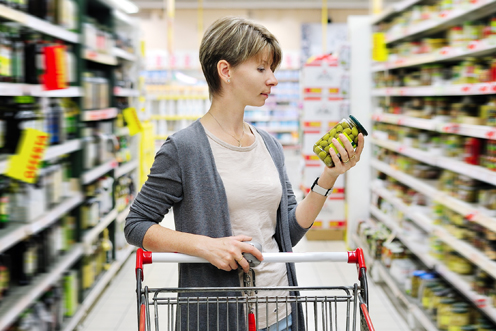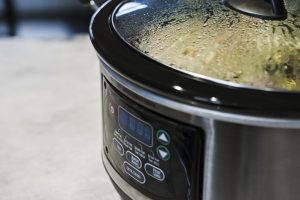Nutrition Labelling 101: How to Read Between Those Lines

Labels are critical to help you keep track of your things. The same is true of the food labels that appear on every package in North American grocery stores, and those labels are subject to certain standards under the law.
There are also private labeling systems in place. The Health Check System in Canada, which is a Heart and Stroke Foundation initiative, comes to mind as one that hasn’t lived up to rigorous enough standards.
In the US, there is the Hannaford Guiding Stars System, which is now implemented in Loblaw’s stores in Canada. It’s a ‘quick peek’ rating system to help customers identify the healthier products. Each product is given a rating of one, two, or three stars by a third-party panel of experts. Points are weighted according to the presence of positive attributes (like protein and fibre) and the absence of negative (white sugar, flour, salt, fat, etc.). It is a great quick way to help you pick up the best in class.
No matter the rating system on the product, once you get your products home, take the time to actually read the label and focus on:
- The Ingredient List. The first three items should be real, whole foods and the list should be as short as possible and completely recognizable.
- The serving size. Be sure you know that the serving size is not the recommended amount that you should eat, but a reference number upon which the nutritional information is calculated.
- % of Daily Value. The number chosen is for a 2000 calorie per day diet which represents an average. And you are not average. So much can affect how many calories are right for you. Be sure that you know how many calories are right for you, your number could be higher or lower.
- Slippery Sodium. Health Canada estimates that 88% of our salt intake comes from packaged foods, so simply putting away the salt shaker isn’t the solution. Packages contain a ‘% Daily Value’ amount that is too high so it obscures the facts. Most health care professionals recommend around 1500 mg per day as a maximum. Nutrition labels allow 2400 mg per day (because the Canadian average is around 3300). Be sure that this is a percentage that you stay well below. There are ways to reduce your sodium, but in the meantime, read every package, add up your sources for a day and do not go above 75% of the ‘% DV’.
- There are only 13 ‘important nutrients’ that must be listed on a label. But of course, a healthy diet contains much, much more. If a piece of fruit listed all of its nutrients, the label would wrap around it many times over.
Most of your nutrients will actually be coming from whole foods, so be sure that this is also where most of your calories come from and you will be right on track.















